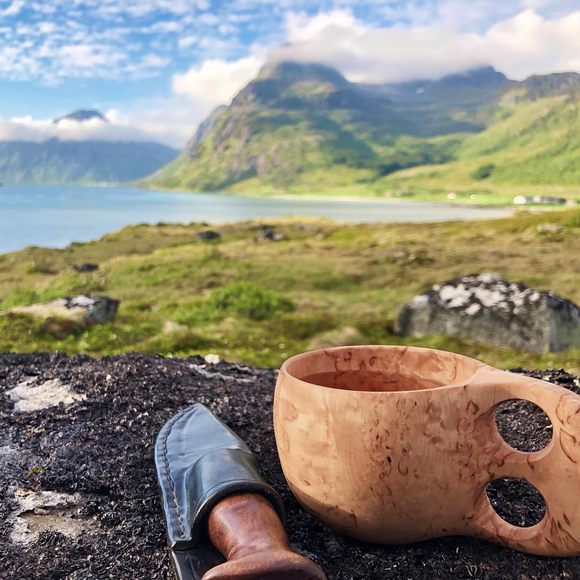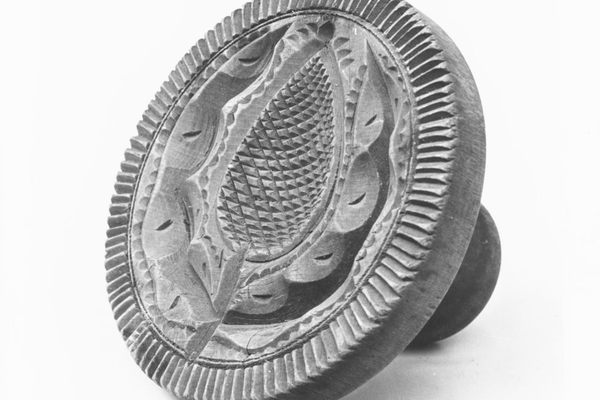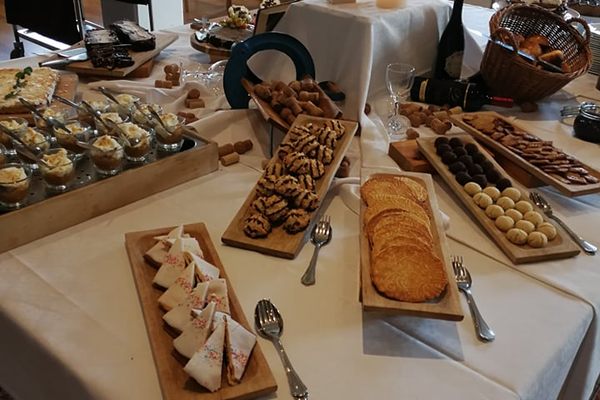If welcomed into a Sámi home in northern Finland or Sweden, a lucky guest might find their mittened palm wrapped around the smooth, wooden handle of a guksi that’s been filled to the brim with piping hot coffee and a few chunks of cheese. Also called kuksa (Finnish) or kåsa (Swedish), the beautiful wooden mugs are made from the surrounding wilderness and were once an essential tool for living off the local arctic and subarctic environment.
The Sámi are an indigenous group that have lived in the northern parts of what is now Scandinavia for thousands of years. As nomads, they lived off the local forests and lands, hunting, fishing, herding reindeer, and creating essential household items from the materials at hand. Guksi are part the Sámi culture of duodji, or handicraft. These crafts combine art with function and make use of the local flora and fauna, especially bones, antlers, wool, horns, wood, bark, roots, and animal hides. A master crafter, or duojár, is a respected member of the community and plays a key role in passing down the knowledge of duodji.
Guksi are made from the bulbous protrusions, known as burls, of local birch trees. These wood growths occur when a tree has been stressed (by insects, bacteria, etc.), creating a complex interior pattern that is both beautiful and rare. Ideal for their round shape, burls are severed from a tree, carved out to form a basin, and smoothed, revealing fine natural wood grain patterns swirling around the interior. To make the vessel even more exquisite, some artists inlay the carefully carved handles with carved pieces of ivory-hued reindeer antler. Because they’re made of wood, guksi provide excellent insulation for hot beverages while their wide bases make for stable-bottomed vessels. Although the shape can be found in modern plastic and ceramic versions, authentic wooden guksi remain a proud part of Sámi heritage and those who make them are highly respected craftspeople.
Written By
 Leigh ChavezBush
Leigh ChavezBush













